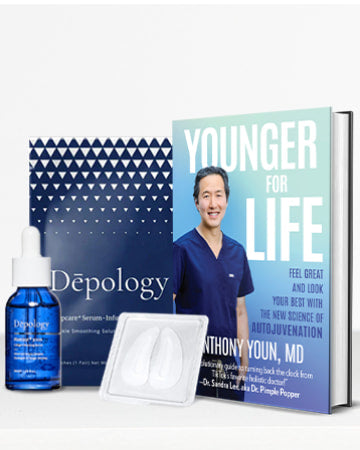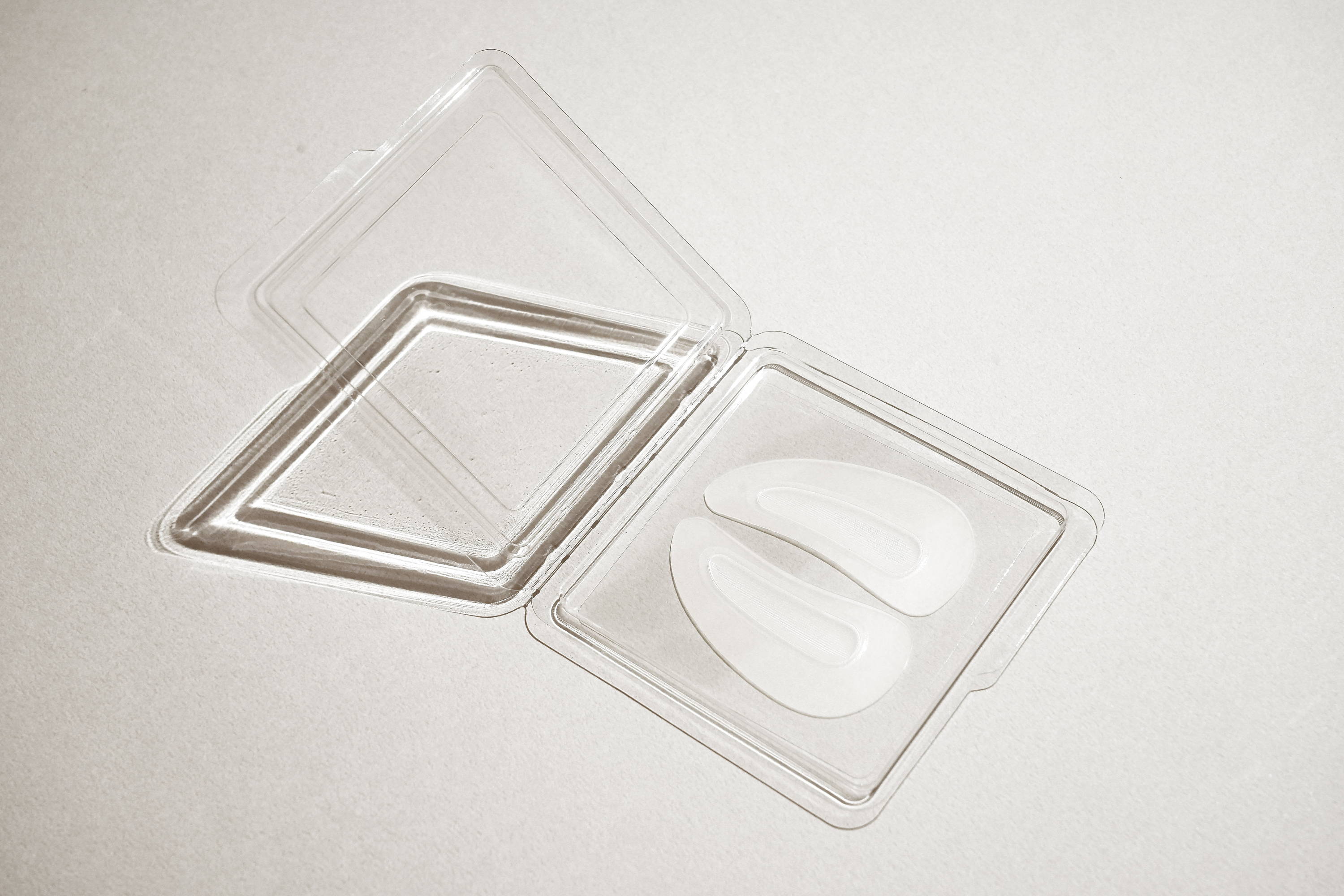
Eye Cream vs. Face Cream: Which One Should I Use?
Many skincare users swear by hydrating and moisturizing formulas to keep their skin plump and healthy. Dehydration and dryness can cause breakouts, irritation, and visible aging signs. While it may be tempting to use one product for multiple concerns, it isn’t always the most effective long-term solution.
If you're wondering why eye creams exist and whether they matter — you’re in the right place.
How Are Eye Creams Different From Moisturizers?
Though eye creams often contain similar ingredients to moisturizers, they’re formulated specifically to target the delicate under-eye area—just like specialized lotions for irritated skin or décolletage care.
The skin around the eyes is the thinnest on the face, which is why wrinkles, fine lines, puffiness, and dark circles typically appear here first.
Because this area is more sensitive, it requires gentler formulas and targeted ingredients. These can include niacinamide for dark circles, retinol for wrinkles, and caffeine for puffiness.
We also recommend under-eye patches for quick, effective under-eye care. Our Black Caviar Collagen Under Eye Patches deeply nourish the skin and visibly reduce puffiness for a radiant, refreshed look.
How To Treat the Under-Eye Area?
Choose products with ingredients that absorb into the dermis while still hydrating the epidermis. This maximizes visible results and moisture retention.
Eye creams are designed to be gentler and less irritating. You should generally avoid fragranced or harsh products around the eyes.
Serums formulated for the under-eye area often include Vitamin C, ceramides, peptides, and hyaluronic acid. These help brighten, hydrate, reduce fine lines, and smooth the skin.
Recently, eye sticks have become popular for their convenience. They can be used throughout the day for quick hydration or brightening.
Whether you prefer a moisturizing caviar multi-balm stick or a brightening peptide eye stick, there’s an option for everyone.
Can I Use Eye Creams on My Face?
Generally, no — eye creams shouldn’t be used as a replacement for facial moisturizers. Facial creams contain higher concentrations of active ingredients designed for the broader surface of your face.
However, if you have very sensitive skin or are recovering from irritation, eye creams can be a gentle temporary substitute.
Eye creams tend to be more expensive and are not cost-efficient for full-face application. In contrast, regular moisturizers are more affordable and can also be safely used under the eyes.
Conclusion: Eye Cream vs Moisturizers
Depending on your skin type — especially if you’re sensitive — you may tolerate eye creams on your face without irritation. You can also test different creams or serums under the eyes if you’re unsure.
The best way to understand your skin is to patch test products or consult a dermatologist. With experimentation, you’ll find the routine that works best for your skin.













